#convertibles
Genesis X Convertible Concept Drops Its Top in L.A.
Despite being chided for reliability issues of late, Hyundai Motor Group has been launching some of the most interesting designs the industry has had to offer – with the Genesis brand unveiling some of the most tasteful and novel concepts we’ve seen in years. Chalk up another one with the X Convertible Concept that was unveiled at the Los Angeles Auto Show this week.
QOTD: What's the Cutoff on Drop-Top Weather?
My current test ride is a Lexus LC convertible. Or was, as it went back to its home on press-fleet island about an hour ago.
Abandoned History: The Life and Times of Edsel, a Ford Alternative by Ford (Part III)
Ford conducted a lot of marketing research for its Edsel brand and was assured by many well-educated MBA types that its new lineup would be hugely successful. The research scientists said the unique styling and features Edsel offered would appeal to a broad cross-section of the American populace. After a television musical debut in the fall of 1957, Edsels were shipped to dealers where they remained under wraps until it was time for the ‘58 model year.
Crazy styling aside, Edsel’s arrival caused some immediate brand confusion in relation to Mercury, and in more limited circumstances, Ford. Much of said confusion occurred in the company’s debut year when Edsel spread the “lots of new models” sauce a little too thin. We start at the brand’s second most basic offering: Pacer.
Rare Rides Icons: The Lincoln Mark Series Cars, Feeling Continental (Part X)
We resume our tale of the Mark series cars today, during a period of recovery for Lincoln and their Continental lineup. The introduction of all-new unibody Lincolns in 1958 saw questionable over-the-top styling debut right at the start of a sharp recession. Most people didn't enjoy the looks of the new Mark III. Lincoln toned down the glitz for the '59 models, with better-integrated styling cues here, and less bulbous sheet metal there.
A new naming scheme arrived in 1959, Mark IV Continental, as Continental became a version of Mark. At the same time, Ford attempted to take the Continental upscale via the introduction of the more spacious (but not longer outside) Mark IV Continental Town Car and Limousine.
With a better US economy, Lincoln improved its sales figures considerably in 1959. However, the portion of those sales that were Continental models dropped by almost 12 percent. However, given all the millions Ford poured into its new Lincoln models it was not prepared to ditch them after just two years. There was a third year of the unibody Mark, with the highest series number yet: V.
Rare Rides Icons: The History of Stutz, Stop and Go Fast (Part XVII)
We’re back again with more Stutz history, and our coverage of the bric-a-brac produced by the Stutz Neoclassical company as complementary offerings to two-doors like the Blackhawk, Bearcat, and Bearcat II. In our last entry, we covered the Duplex, a sedan that (unsuccessfully) wore Blackhawk styling. Based either on a Pontiac or a Cadillac, the Duplex was the ultimate production version of the Ministeriale prototype sedan built by Carrozzeria Padane.
With an astronomical ask of $32,500 ($251,312 adj.) circa 1970 and styling that hadn’t translated well into a sedan, the Duplex was a non-starter. Just one was ever made, and it was sold to a criminal in Utah. But that didn’t deter CEO James O’Donnell, who was insistent a Stutz sedan was viable. A few years later there was another Stutz sedan presented: IV-Porte.
Abandoned History: The Life and Times of Edsel, a Ford Alternative by Ford (Part II)
Ford successfully orchestrated a splashy live television musical debut for its new brand Edsel in the fall of 1957. The program was a culmination of a multi-year project to establish a new division of Ford that would compete more directly with the likes of Oldsmobile, Buick, and DeSoto. Edsels promised to be notably different from the Mercury with which it shared most everything except styling.
Edsel was to be much more value-conscious than the new-for-’58 unibody Lincolns, which sought to move the brand upmarket after the almost instantaneous discontinuation of the Continental Division. After Frank Sinatra and Bing Crosby ushered in the Edsel name it was time to show off the all-new models in showrooms, and introduce a supposedly excited American consumer to the lineup.
Rare Rides Icons: The History of Stutz, Stop and Go Fast (Part XVI)
We return to our long-running Stutz historical coverage today, with a few of the odds and ends vehicles that were never the headliners of Stutz’s brand portfolio. During the Seventies and Eighties, the Blackhawk and targa roof Bearcat funded some other fun ideas that occupied the thoughts of company CEO James O’Donnell.
In our last entry, we covered what was perhaps the strangest offering of the latter Stutz entity, a C/K era Suburban that concealed a mounted machine gun in its interior. The armored SUV was subsequently turned into a gun-free dictatorial parade sedan with targa roof, and a trunk. The be-trunked Suburban also donated its shape to an upright regular sedan and six-door funeral transport.
And while the Stutz Suburban takes were intended for foreign heads of state for security and coup d’etat purposes, the Stutz sedans were directed at the company’s more traditional American customer: Someone who feared no peasant uprising but did enjoy flashy styling and lots of elegance. Introducing the Duplex.
Rare Rides Icons: The Lincoln Mark Series Cars, Feeling Continental (Part IX)
Our Lincoln Mark Series coverage continues today, and we pick up at the end of 1958. After Ford dumped many millions into the Continental Division and quickly shut it down, the company then spent a lot more money to develop an all-new unibody platform for Lincoln’s usage. In an attempt to woo customers away from Cadillac, the new Lincolns for 1958 wore some of the most shocking styling ever to come from Detroit.
All three of Lincoln’s new “models” were really just trim levels of the same car. Said models included Capri, Premier, and the top-tier Continental Mark III, which was not a Continental except in trim badges. At least it had a Breezeway window! At the 1958 launch of Lincoln’s new unibody line there was a steep recession across the globe, as lots of Americans decided they didn’t actually need a new car every year or two. Nevertheless, the Continental Mark III made up 62 percent of Lincoln’s sales that year. Lincoln veered off on a revised course in 1959, hoping to improve its lot with some more “new” models.
Abandoned History: The Life and Times of Edsel, a Ford Alternative by Ford (Part I)
Edsel received an honorary mention a couple of weeks ago, in our current Rare Rides Icons series on the Lincoln Mark cars. Then it was mentioned again the other day in Abandoned History’s coverage of the Cruise-O-Matic transmissions. It’s a sign. We need to talk about Edsel.
Rare Rides Icons: The History of Stutz, Stop and Go Fast (Part XV)
Last time in our tale of Stutz the company finally realized its dream of a true convertible, the Bearcat II. The original product dream of CEO James O’Donnell, the Bearcat II went on sale in 1987. Though the company’s fate was pretty much sealed by that time, Stutz had its heyday of models circa the early Eighties. Spoilers: Machine guns were involved.
Rare Rides Icons: The Lincoln Mark Series Cars, Feeling Continental (Part VIII)
With the Continental Division dead, a cost-weary and (newly) publicly traded Ford Motor Company headed into the 1958 model year determined to unveil a solid luxury car showing against its primary rival, Cadillac. However, the “Continental Mark III by Lincoln” was a Continental in name only: It wore the same metal and was produced at the same new factory, Wixom Assembly, as the rest of the Lincoln models (Capri, Premiere) that year.
Brass at Ford hoped the Continental name on the Mark III would make customers believe it was something special, like the Cadillac Eldorado with which it competed. As mentioned last time, aside from its Continental name, the Mark III for 1958 used One Simple Trick to lure buyers into its leather seats: a Breezeway window. First up today, pricing problems.
Rare Rides Icons: The Lincoln Mark Series Cars, Feeling Continental (Part VII)
The Continental Division was in a very difficult place when it designed an all-new Mark III as the (sedan only) replacement for the slow-selling and super expensive Continental Mark II coupe. As we learned last time, shortly after the Mark II went on sale the Continental Division was already on its last legs. It continued to lose money hand over foot after Ford’s huge initial investment and was doomed to a quick closure.
And so it was the 1956 and 1957 Mark IIs became the only Continental Division product and the only Marks that were hand-assembled in a factory-built, especially for Continental. After Continental’s closure, Ford’s new VP of passenger vehicles Lewis Crusoe quickly dismantled the division and integrated its employees into Lincoln. The Continental factory became the Edsel factory, and the three extant Mark III prototypes became a burden.
Rare Rides Icons: The Lincoln Mark Series Cars, Feeling Continental (Part VI)
We pick up the story of Lincoln’s Mark series cars once again today, at a low point in the coupe’s history. The intensely expensive development and launch of the new Continental marque arrived at exactly the wrong time for Ford.
Shortly after the family-owned company spent $21 million ($227 million adj.) on the launch of its new super-luxury brand, the company had its IPO. That meant the big money poured into the black hole that was Continental was visible to everyone who cared to see, including shareholders. The pressure was just too much, and the Continental brand was canceled in 1956 by Henry Ford II, just a year after the Mark II entered production.
But let’s back up a year, right as the Mark II went on sale. Management of the Continental Division knew the singular, hand-assembled model was not enough to keep the company going. They needed to save and make more money, and fast.
Rare Rides Icons: The Lincoln Mark Series Cars, Feeling Continental (Part V)
We arrive today at the fifth installment of our Rare Rides Icons coverage on the Lincoln Mark series cars. Thus far we covered the first Continental of the late Thirties, and Ford’s desire to go ultra luxury with the Mark II sold under the newly minted Continental Division. The Mark that debuted for the 1956 model year was Mid-century in its styling, built of top quality components, and constructed in a methodically controlled manner via a QC program that consisted of seven initiatives.
It was time to put the new Continental Mark II coupe on sale.
Rare Rides Icons: The Lincoln Mark Series Cars, Feeling Continental (Part IV)
We return to our Lincoln Mark series coverage today, in the midst of learning about the first Mark of the line, the Continental Mark II. The Mark II aimed to carry on the tradition set by the gracious Continental of the Forties, and take Ford to new heights of luxury, desirability, price (and thus exclusivity), and quality. The latter adjective is where we’ll focus today; it was certainly the focus of the folks at the Continental Division prior to the Mark II’s release.




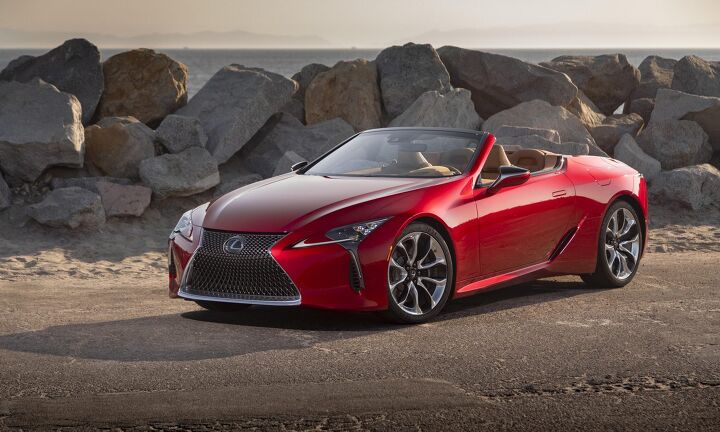


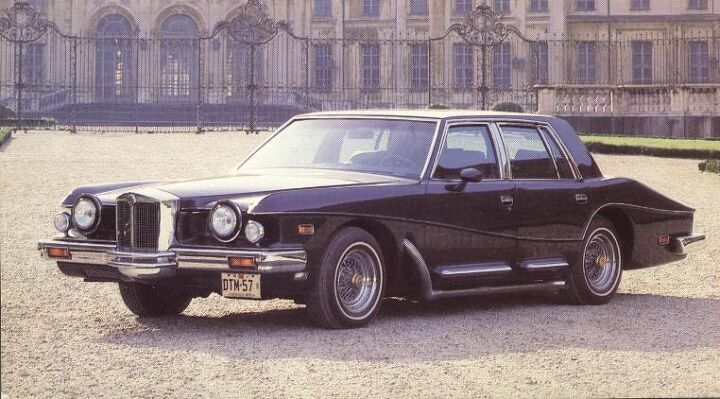
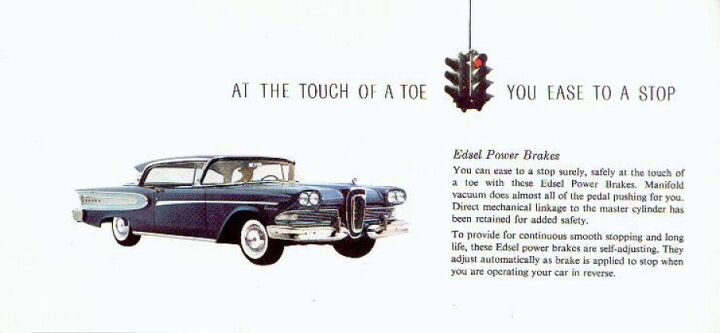
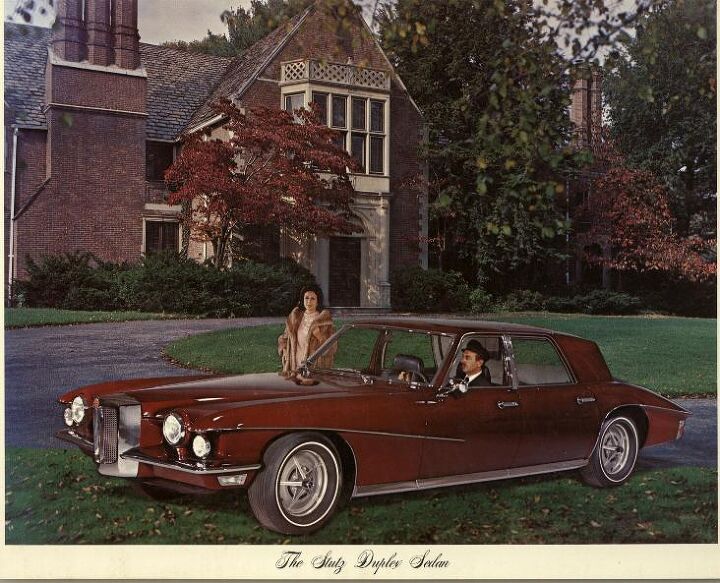

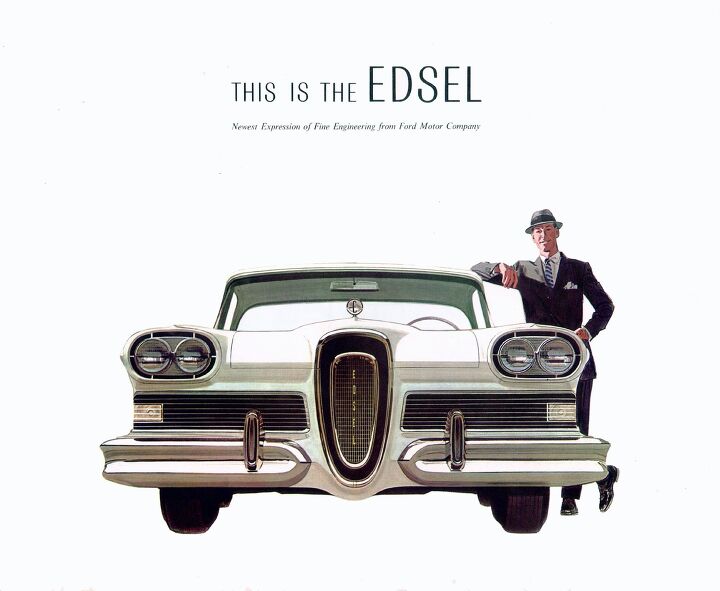



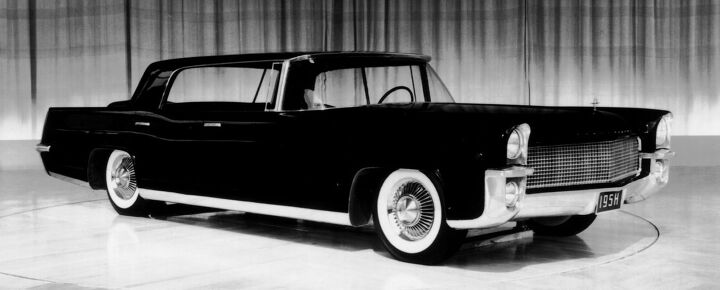
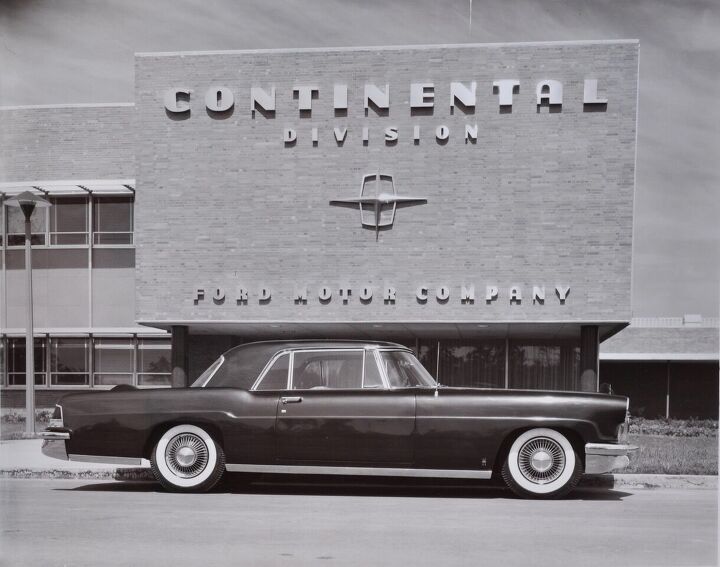
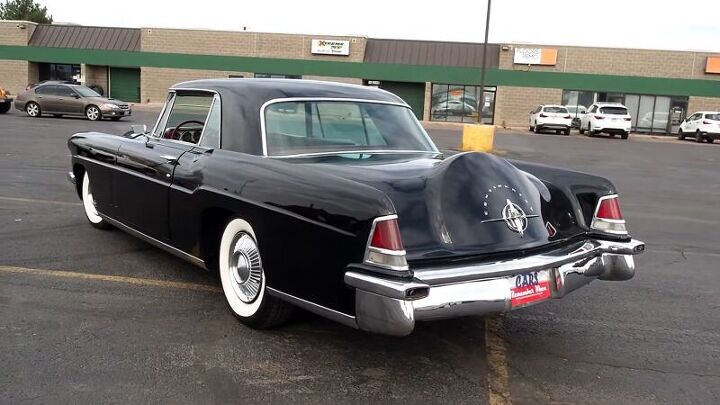












Recent Comments